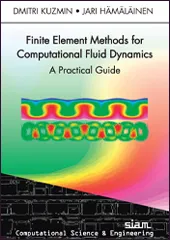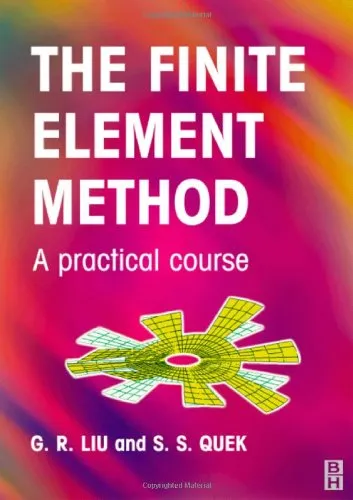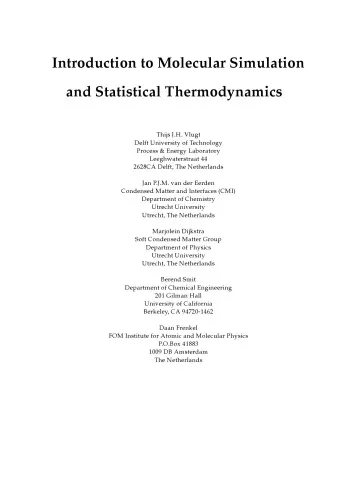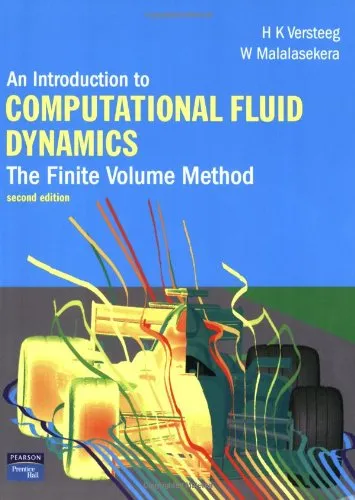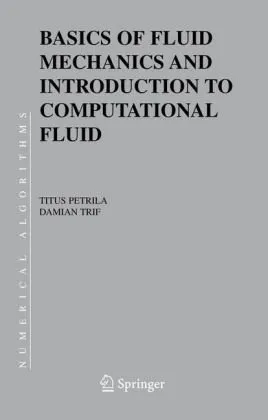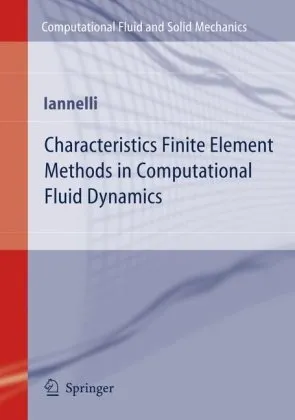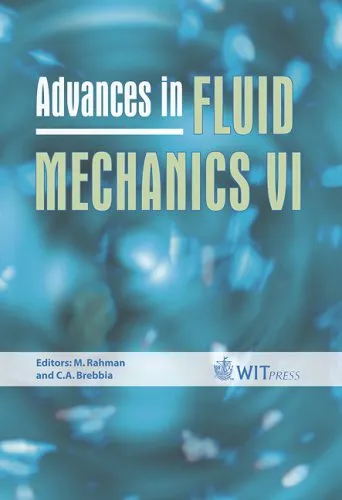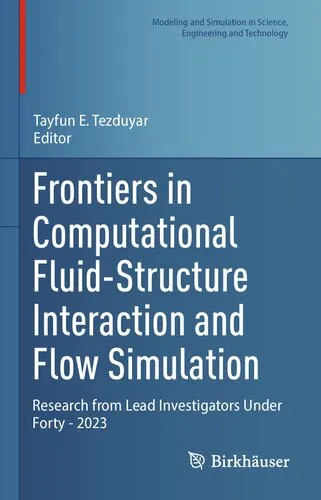Finite Element Methods for Computational Fluid Dynamics
4.5
Reviews from our users

You Can Ask your questions from this book's AI after Login
Each download or ask from book AI costs 2 points. To earn more free points, please visit the Points Guide Page and complete some valuable actions.Related Refrences:
Introduction to Finite Element Methods for Computational Fluid Dynamics
Finite Element Methods for Computational Fluid Dynamics is a comprehensive exploration of the finite element method (FEM) as applied to computational fluid dynamics (CFD). Authored by Dmitri Kuzmin and Jari Hamalainen, this book provides readers with a solid theoretical understanding and practical tools to solve complex fluid dynamics problems. Aimed at researchers, practitioners, and advanced students, it bridges fundamental concepts with cutting-edge applications, making it essential reading for anyone in the field of computational science and engineering.
As fluid dynamics continues to play a central role in a broad range of scientific and engineering challenges, the use of advanced computational techniques like FEM has become increasingly necessary. This book delivers a structured approach to mastering this revolutionary method, empowering readers to address real-world problems with confidence and precision. Whether you are dealing with turbulent flows, multiphysics applications, or industrial fluid dynamics, this book equips you with both the theoretical insights and numerical tools required to succeed.
Detailed Summary of the Book
The book begins by introducing the fundamental principles of the finite element method (FEM), offering a clear and accessible explanation of how FEM can be used to model and solve computational fluid dynamics problems. It progresses into specialized topics like stabilization techniques, mesh generation, and numerical simulations, providing hands-on guidance through examples and case studies. The mathematics behind FEM, including variational formulations and discretization techniques, are presented in a meticulous yet accessible manner, striking a balance between rigor and practicality.
A significant portion of the book is devoted to advanced topics that have emerged in recent years. These include turbulence modeling, high-performance computing, adaptive mesh refinement, and coupling strategies for multiphysics problems. The authors also explore modern strategies for error estimation, ensuring that simulations are not only accurate but efficient as well. Throughout the book, the emphasis remains on practical implementation, with detailed explanations of algorithms and numerical approaches.
By the end of this book, readers will have gained mastery over the finite element method and its applications to fluid dynamics. With both fundamental and advanced topics covered, the book serves as a lifelong reference for CFD professionals.
Key Takeaways
- A clear and methodical introduction to the finite element method (FEM) for fluid dynamics.
- Comprehensive coverage of stabilization techniques for numerical simulation.
- Practical examples and case studies that illustrate real-world applications of FEM in CFD.
- A focus on advanced topics like turbulence modeling and adaptive meshing.
- Step-by-step explanations of mathematical principles and algorithms for implementation.
- Insights into high-performance computing and error estimation techniques.
Famous Quotes from the Book
"Numerical simulation is not merely a means of solving problems—it is a method of understanding."
"The finite element method is a bridge between theoretical fluid dynamics and practical problem-solving in engineering."
Why This Book Matters
With the growing complexity of modern engineering problems, the finite element method has become an indispensable tool for solving fluid dynamics challenges. This book stands out because of its dual focus: it provides an in-depth foundation in the mathematical formulations underlying FEM, while also connecting the theory to real-world problems through practical implementations. Such a carefully curated approach ensures that readers not only understand the "how" of FEM but also the "why," making them better equipped to address the challenges of CFD modeling and simulation.
Furthermore, the authors have written this book with the future of computational science in mind. As fluid dynamics becomes increasingly intertwined with disciplines like computational biology, climate science, and mechanical engineering, the frameworks established in this book will remain highly relevant. Therefore, this book is not just a guide—it is an investment in mastering methodologies that will define the modern era of computational fluid dynamics.
Free Direct Download
You Can Download this book after Login
Accessing books through legal platforms and public libraries not only supports the rights of authors and publishers but also contributes to the sustainability of reading culture. Before downloading, please take a moment to consider these options.
Find this book on other platforms:
WorldCat helps you find books in libraries worldwide.
See ratings, reviews, and discussions on Goodreads.
Find and buy rare or used books on AbeBooks.
1338
بازدید4.5
امتیاز0
نظر98%
رضایتReviews:
4.5
Based on 0 users review
Questions & Answers
Ask questions about this book or help others by answering
No questions yet. Be the first to ask!
